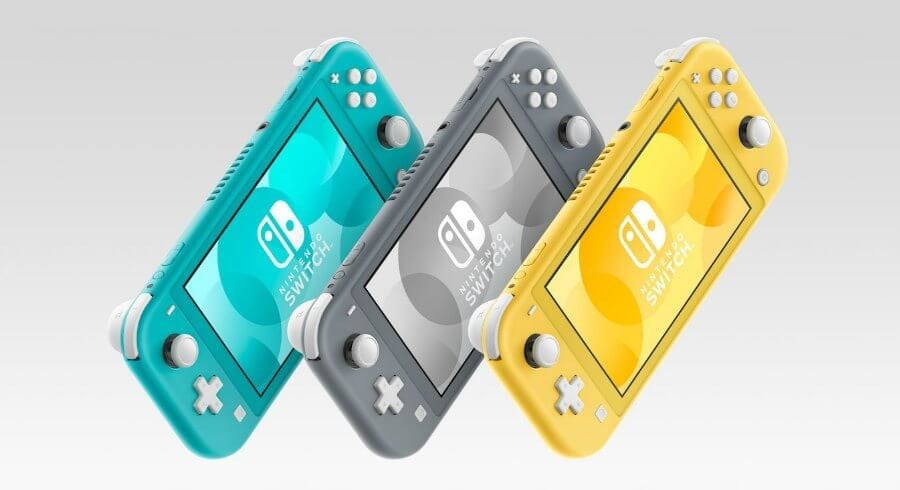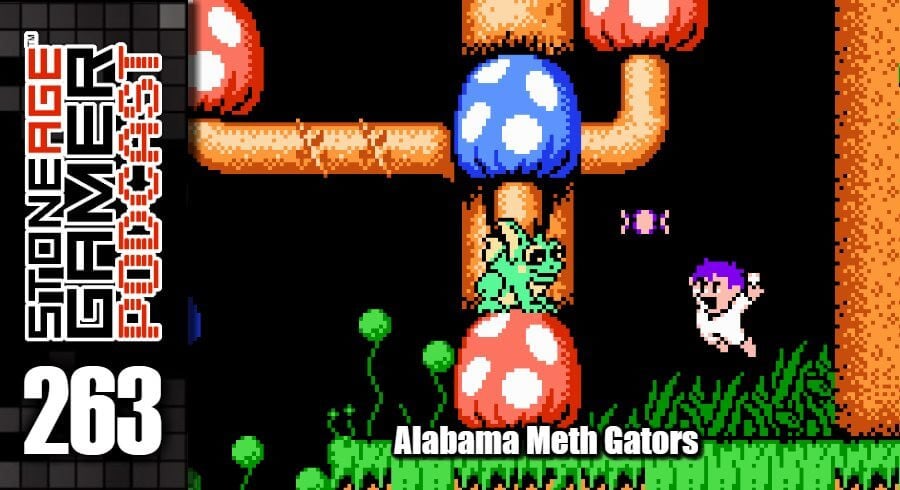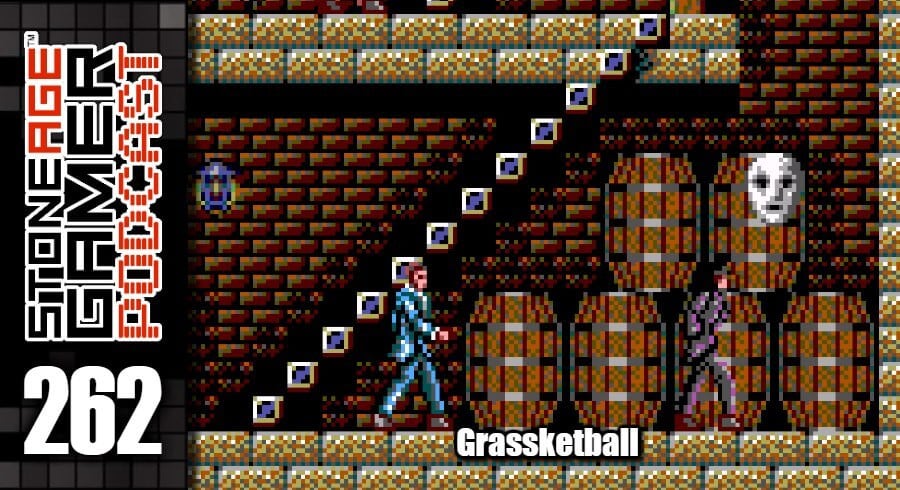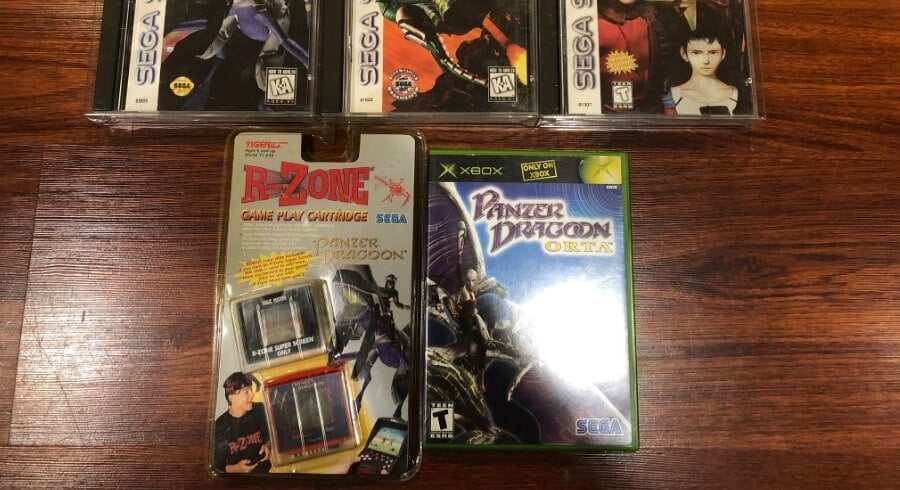
Revisionist History
The Switch Lite is real! Sure, it was a pretty poorly kept secret, and its reveal was basically a giant disclaimer about what the system can’t do, but at the end of the day it looks like a slick little device that’s going to sell like gangbusters this holiday with Pokemon Sword & Shield. The Switch Lite is just the latest in a long line of console revisions, a practice that’s been an industry mainstay for generations, one of which I am a big fan. I love it when new flavors of consoles come out. Sure, it stinks to be saddled with technically inferior hardware once the inevitable new version comes out, but it’s also really fun to see how companies make their consoles cheaper to manufacture or in many cases, just plain better to use than their originals. Let’s have a look at some of the best (or most interesting) console revisions out there.
Nintendo DS Lite
The Nintendo DS took the gaming world by storm, much to everyone’s surprise, including Nintendo’s. Originally touted as a “third pillar” effectively hedging their bets to fall back on the Game Boy line if the DS didn’t catch on, the original Nintendo DS was not an attractive piece of hardware. It was bumpy, bulky, and about as far from the word “sleek” as a piece of consumer electronics could reasonably be at the time. There was no way this silver brick was going to carry the Game Boy mantle, let alone hold its own against Sony’s ultra-impressive PSP. But it managed to do both, thanks in no small part to what is easily one of the best console revisions in history, the DS Lite.
This little rectangle of magnificence solved nearly every issue the original DS had, especially in the area of aesthetics. No matter how you slice it, this is one good-looking little system. The stylus was bigger, the form factor was smaller, the edges were smooth, and it just straight up looked cool. The DS would see a baffling litany of remodels and redesigns before ultimately being replaced by the 3DS, which only made the naming scheme even worse (DS, DS Lite, DSi, DSi XL, 3DS, 3DS XL, New 3DS, New 3DS XL, 2DS, New 2DS XL, gaaaahhhhhhh…..). Regardless, it wound up being one of the most successful consoles in history, and it likely never would have reached that potential had it not been for the utter brilliance of the Nintendo DS Lite.
Intellivision II
The original Intellivision was a rather ghastly-looking system by today’s standards. Wood panelling, dark gold metal plating, hideous brown plastic, pure 70’s through and through. By 1983, the system looked hopelessly outdated, so Mattel launched the smaller, sleeker, and genuinely awesome-looking Intellivision II.
This little guy is a marked improvement in nearly every way. The controllers have longer cords and detach from the console, it’s considerably smaller so you don’t need to dedicate an extraordinarily large shelf to your console of choice, and it looks fantastic, even by today’s standards. The gray/black/red look is reminiscent of the NES before the NES was even a thing. There were a few compatibility issues with a small number of the Intellivision’s games, but it was compatible with The System Changer which allowed you to play Atari 2600 games on the system, so the trade off is worth it.
Sega Master System II
Speaking of wide systems that are very much products of their time, let’s talk about the Sega Master System. The original console’s design is super cool, but there’s no denying that it’s incredibly dated. It looks like a piece of future tech from the 80s, which I guess it was at the time. But even next to the NES, its primary competition back in its heyday, it looked downright bizarre. It’s very angular, and it featured that red panel on the front that looked like it was supposed to do all manner of technical stuff but was actually just, well, I really don’t know what the point of that is. Do I need a diagram showing me there’s a game cart in the system? By 1990, the Genesis was a thing, and if Sega wanted to keep their Master system kicking, it was going to need a redesign.
And what a redesign it got! The pointy black angles were replaced with dark gray curves, a considerably smaller footprint, and most importantly, a super cool hood that covered the cartridge slot. It was ultimately pointless, but man, what a cool feature. The only thing that this system doesn’t have going for it is that it removed the Master System startup screen and the catchy little jingle that accompanied it, but that’s a small price to pay to have such a cool looking little system under your television. Unfortunately, the controllers didn’t get a redesign like the NES top loader did, which is a shame because the Master System controllers just don’t match the SMS2. Still, this is a fantastic redesign.
Sega Genesis 2
We’re not done with Sega yet!. The Master System II may have been the great result of a much needed overhaul, but the Genesis 2 is one of those situations where even though the revision is probably even more iconic than the original, it was kind of unnecessary. There really wasn’t anything wrong with the original model of the Sega Genesis, but one could argue aspects of its look were a little outdated when stacked up against the Super NES, its fiercest competitor. The Genesis 2 though, was anything but dated. It’s probably still one of the best designed systems ever made. It’s smaller, solid black, closely associated with the 6 button controller, used the far more durable top loading Sega CD, it’s the whole package.
Sure, it doesn’t have the headphone jack the model 1 has, and the Power Base converter wasn’t exactly a comfortable fit anymore, but in every other way that matters, the Genesis 2 has it where it counts.
Top Loader NES
For a while, this was an incredibly sought after item. Repairing original NES models has become a much easier and effective thing to do nowadays, but when Nintendo launched this masterpiece, it was all the rage. Ditching the ultimately pointless front loading cartridge input, the Top Loader NES (as folks call it) shrunk the whole thing down, played carts without having to push them down like Betamax tapes, and looked awesome, especially next to a Super NES.
But even better than the new console design was the fancy controllers that came with it. Unofficially dubbed the “dog bone,” this took the original NES’s controllers into the next generation by offering a far more ergonomic and easy to use device. The D-pad was greatly improved, the sharp corners were replaced by round edges, the A and B buttons were placed at an angle, it’s seriously one of the best controllers out there. Not to take away from the original NES controllers at all. They’re legendary for a reason. They revolutionized video game controllers as we know them. But the redesigned controllers were simply a step ahead.
The Top Loader isn’t without its issues though. It doesn’t have AV outputs, which at the time wasn’t that big a deal, but AV soon became the standard, and the Top Loader only uses RF. There’s also a strange video issue where vertical lines appear across the screen during play. It’s very subtle, but it’s definitely there. Still, even with these flaws, the Top Loader NES is one of the best console revisions around.
Wii Mini
From the best to the weirdest, I’ve included the Wii Mini on this list because of just how completely absurd it is. First, it’s called the Wii Mini, even though it’s almost exactly the same size as the original Wii. Seriously, the only size difference is that the original Wii is 20mm longer. That hardly constitutes a “mini” console. Second, the features they removed are kind of hilarious. The GameCube controller ports and game playback were removed long before the Mini arrived, but this thing removed internet connectivity entirely, effectively limiting its library to disc only releases. Virtual Console and WiiWare were completely inaccessible. Same goes for online play, a feature you don’t normally associate with the Wii, except with Mario Kart Wii, the one game that worked remarkably well with the system, as well as the one game that came bundled with the Wii Mini. So you get your Wii Mini, turn on Mario Kart Wii, look at the online play icon on the main menu, and the system tells you it can’t connect to the internet via error code. Except there is no error. It can’t connect because it literally can’t connect!
The Wii Mini is such a weird little thing, but it’s not without its merits. As a physical piece of hardware, it’s actually really cool looking. The red and black design has far more character than the original white box that was the Wii. It also features a top loading disc drive, which is not only far more reliable than the original, but is a really nice look.
The Wii Mini is pointless, but good looks and absurdity make it worth at the very least looking at.
Atari 2600 jr.
The Atari 2600 has always had a killer, iconic look. Unlike the original Intellivision, this thing’s wood grain look still holds up today, to an extent. But there’s no denying that by 1986, nothing that looked like that was going to compete with the likes on Nintendo or Sega. So Atari redesigned their once ubiquitous console and the results were spectacular. The Atari 2600 Jr. is about half the size of the original 2600, looks awesome with its silver/rainbow metal plating and black angular plastic, and had an RF cable that wasn’t permanently attached to the console. Really, the only gripe I have about it is that the controller ports are once again on the back of the unit, meaning that you not only lose a few precious inches of controller cord since it has to go over the system, but if you pull on your controller for any reason, things get pretty disastrous pretty quick, especially since the thing weighs about as much as a box of Tic-Tacs.
This was the first video game system I ever owned, and mine still works like a charm to this day. There were several flavors of this design, and they’re all equally cool looking. Great work, Atari!
Game Boy Advance SP
You can’t talk about console revisions and not bring up arguably the best one ever created. The Game Boy Advance was already a massive success before the SP hit the market, but once this little square of marvelousness landed on store shelves, its dominance was cemented. The original GBA was a great little system, but it had some pretty glaring flaws. First, it was the first Game Boy that didn’t feature its trademark vertical setup. Second, the screen was extremely susceptible to scratching, especially if you wanted to walk around with it in your pocket. Third, the screen STILL didn’t have a light! All these amazing games were hitting the system left and right and you could barely see them. So Nintendo dropped this little bomb on us and wow. Just wow.
The clamshell design protected the screen whenever you put it in your pocket, and made it feel like you were carrying a mini laptop in your pants. This was before everyone had cell phones, so that was a really big deal. With the fold putting the screen at the top and controls at the bottom, the classic Game Boy vertical layout was back and better than ever. And the screen finally had a light. It was a near perfect little handheld, and it sold accordingly.
I say “near perfect” though because in true Nintendo fashion, it had a couple of glaring flaws. First, the screen did have a light, but it was a front light, not a backlight. That means that inside the casing where the screen was, internal lights would shine on the screen from the top. The effect was good, but not quite as good as a proper backlight would have been, as proven by a later revision of the SP. But the biggest flaw would have had to been the loss of a headphone jack. Way before Apple ticked off the collective world by nixing the traditional headphone jack, Nintendo did the same which still mystifies me to this day. The only way to use headphones in a GBA SP is to get an adapter that plugs into the charging port, which, really? I can’t plug in my SP and use headphones at the same time? What a crock!
But those flaws can’t take away from just how incredible this thing was, and honestly still is. The Game Boy Advance SP is still as playable today as it was when it first launched, and that’s saying something in a world where the Nintendo Switch and PS Vita exist.
There are so many more, we’ve barely scratched the surface here. What are your favorite console revisions? Let us know!





